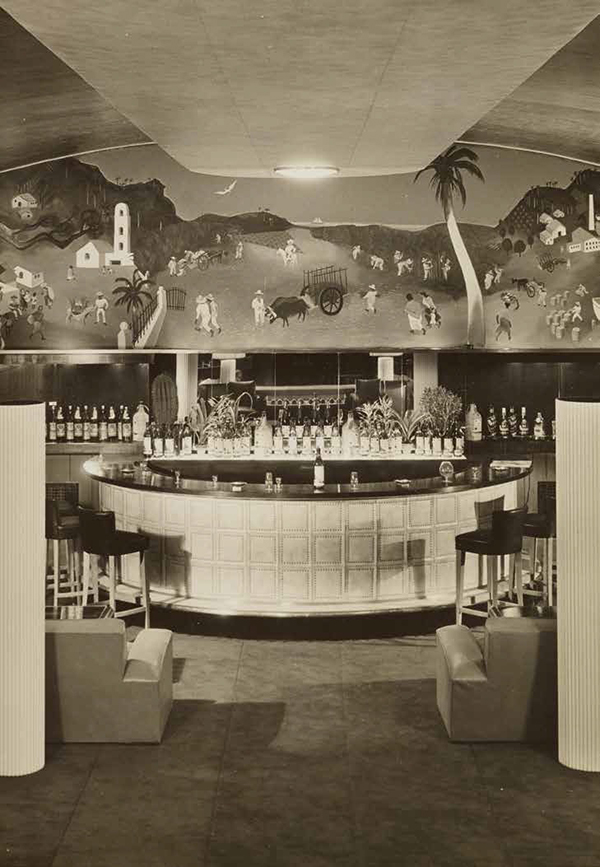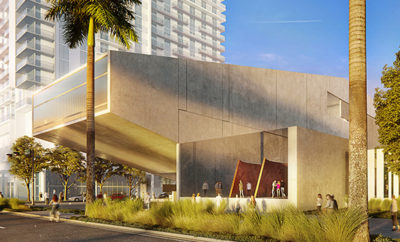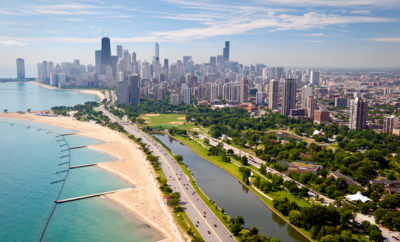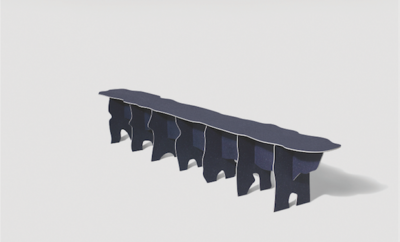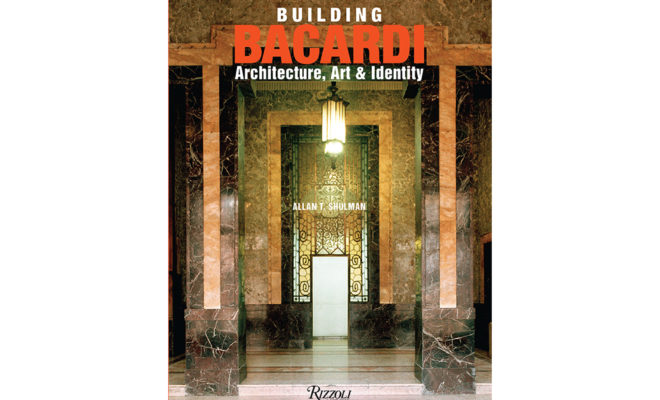 Cover of Building Bacardi: Architecture, Art & Identity. Rumbera. Advertisement. Rafael Lillo Bonet, artist, 1949. Courtesy of The Bacardi Archive
Cover of Building Bacardi: Architecture, Art & Identity. Rumbera. Advertisement. Rafael Lillo Bonet, artist, 1949. Courtesy of The Bacardi Archive
Architecture
The Spirited Design of Bacardi: A look at the rum company’s modernist architecture
Allan T. Shulman’s new volume, Building Bacardi: Architecture, Art, and Identity, is not your typical architecture book. Indeed, there is architecture—and lots of it, including Ludwig Mies van der Rohe’s buildings for the company along with Felix Candela’s vaulted concrete bottling plant on the outskirts of Mexico City. But this book has a story to tell, and that story embraces culture, politics, exile, advertising, ambition, and much more—showing how architecture (and graphics) took a small and provincial Cuban rum distiller (the company was founded in Santiago, Cuba in 1862) and turned it into a sophisticated and forward-thinking brand that left a hefty legacy of iconic design. The book first evolved from an exhibition at the Coral Gables Museum in 2013, and Shulman—who is a practicing architect as well as the director of graduate studies at the University of Miami School of Architecture—wrote about his research in an article, Building Bacardi, for MODERN in the Fall 2013 issue.


